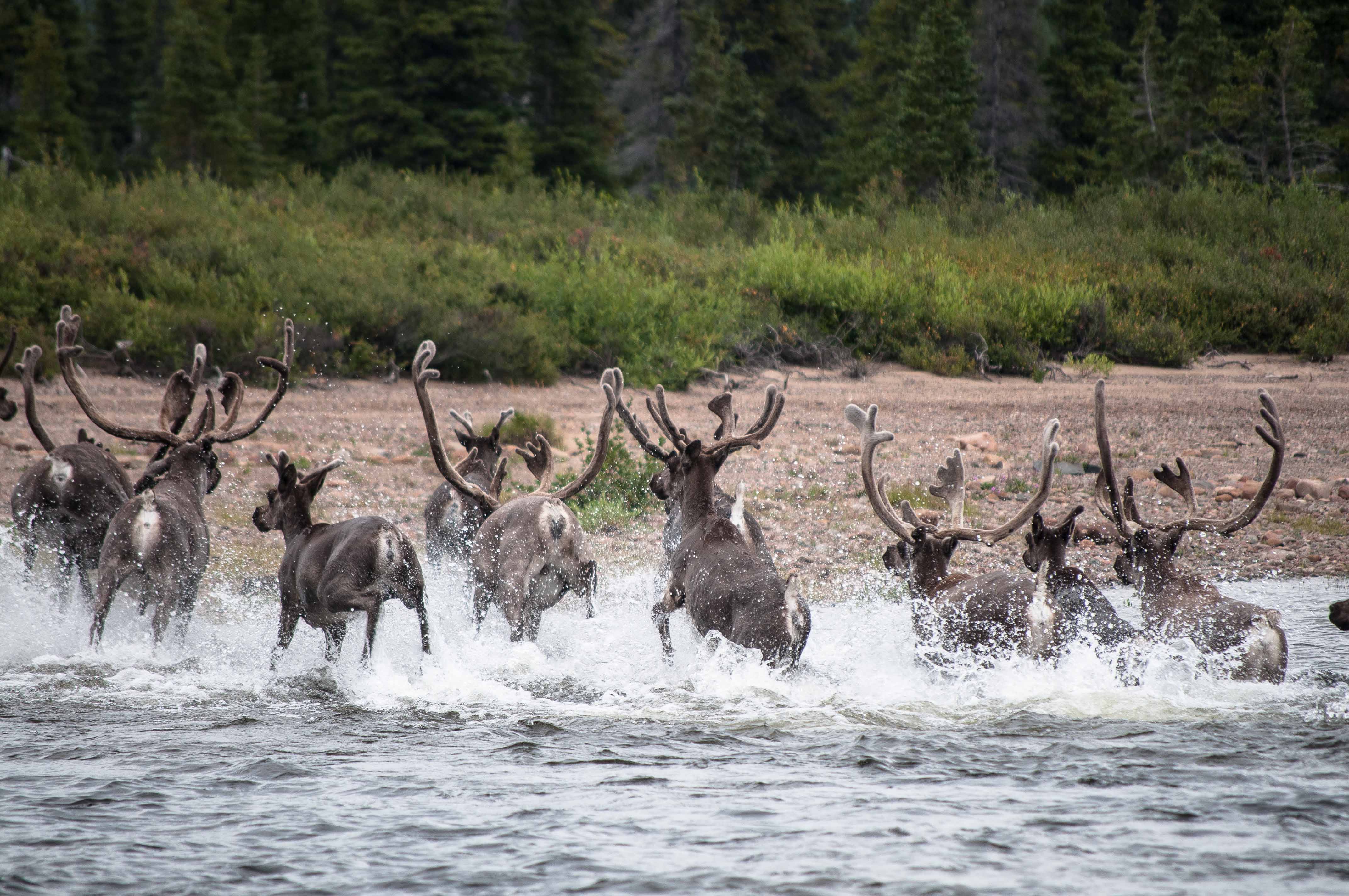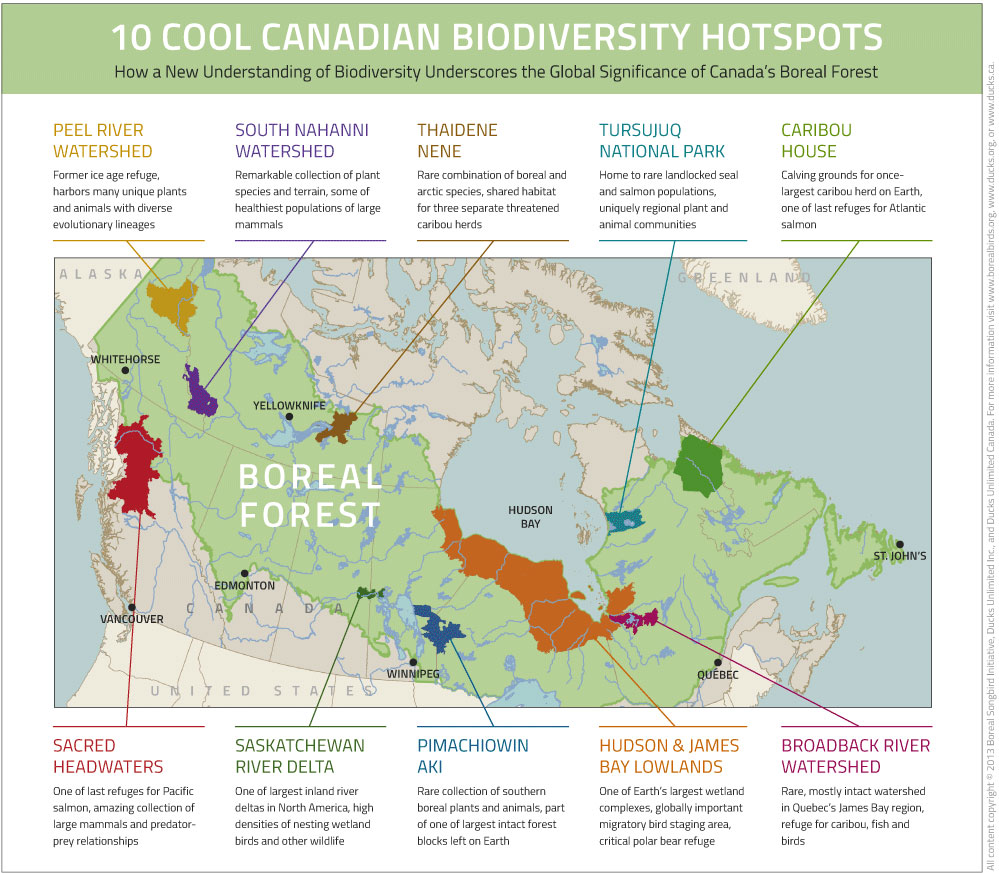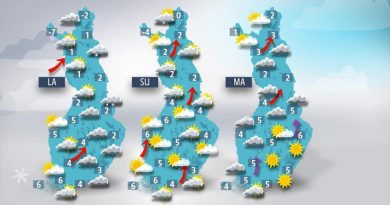Biodiversity report singles out Canada’s North

When people think of biodiversity hotspots, it’s often places like the Amazon or the tropics that come to mind.
But in a recent report titled “10 Cool Canadian Biodiversity Hotspots,” several regions in Canada’s North made the final cut.
The list was put together by conservation group Ducks Unlimited Canada and the American non-profit Boreal Songbird Initiative.
Jeff Wells, the science and policy director of the Boreal Songbird Initiative, said they examined everything from geography, to things like caribou to fish migrations, to come up with a final list.
They hope that by highlighting the kind of biodiversity found in Canada, it will get people thinking differently about the country’s boreal forests.
“Because we have such a narrow view of biodiversity, it left out huge parts of the earth that are equally important but for other reasons,” Jeff Wells said.

Global importance
The northern regions singled out in the report range from the Peel River Watershed in Canada’s northwestern Yukon territory, to Caribou House, an area that straddles northern Quebec and the Inuit self-governing region of Nunatsiavut in the Atlantic Canadian province of Newfoundland and Labrador.
First Nations and Inuit in Canada’s North are taking the lead in managing conservation with development, but making other Canadians aware of the environmental richness in their own backyards is key to ensuring its long-term protection, he said.
“Without an understanding of how globally important these places are for their biodiversity features and other ecological features it would be easy to make mistakes and not have the public support the kind of big thinking conservation that needs to take place there,” Wells said.
facebookShare on twitterShare on emailShare on pinterest_shareMore Sharing Services4Each week, Eye on the Arctic features stories and newsmakers from Canada’s northern regions.
When people think of biodiversity hotspots, it’s often places like the Amazon or the tropics that come to mind.
But in a recent report titled “10 Cool Canadian Biodiversity Hotspots,” several regions in Canada’s North made the final cut.
The list was put together by conservation group Ducks Unlimited Canada and the American non-profit Boreal Songbird Initiative.
Jeff Wells, the science and policy director of the Boreal Songbird Initiative, said they examined everything from geography, to things like caribou to fish migrations, to come up with a final list.
They hope that by highlighting the kind of biodiversity found in Canada, it will get people thinking differently about the country’s boreal forests.
“Because we have such a narrow view of biodiversity, it left out huge parts of the earth that are equally important but for other reasons,” Jeff Wells said.
10 Cool Canadian Biodiversity Hotspots: Several of Canada’s northern regions made the list. (Boreal Songbird Initiative, Ducks Unlimited Canada, Ducks Unlimited)
Global importance
The northern regions singled out in the report range from the Peel River Watershed in Canada’s northwestern Yukon territory, to Caribou House, an area that straddles northern Quebec and the Inuit self-governing region of Nunatsiavut in the Atlantic Canadian province of Newfoundland and Labrador.
First Nations and Inuit in Canada’s North are taking the lead in managing conservation with development, but making other Canadians aware of the environmental richness in their own backyards is key to ensuring its long-term protection, he said.
“Without an understanding of how globally important these places are for their biodiversity features and other ecological features it would be easy to make mistakes and not have the public support the kind of big thinking conservation that needs to take place there,” Wells said.
I recently spoke to Jeff Wells to hear more about what makes these regions so special. To listen, click here
Related Links:
Report: 10 Cool Canadian Biodiversity Hotspots, Boreal Songbird Initiative


